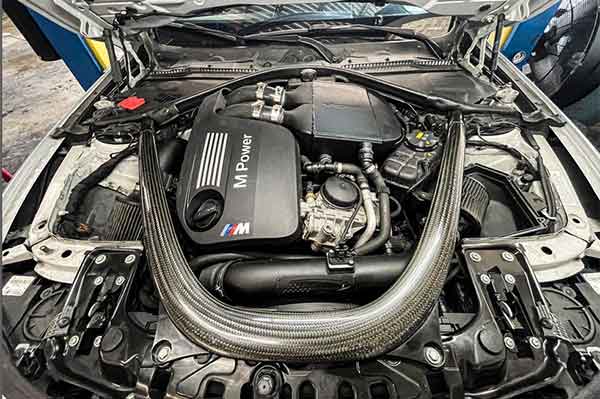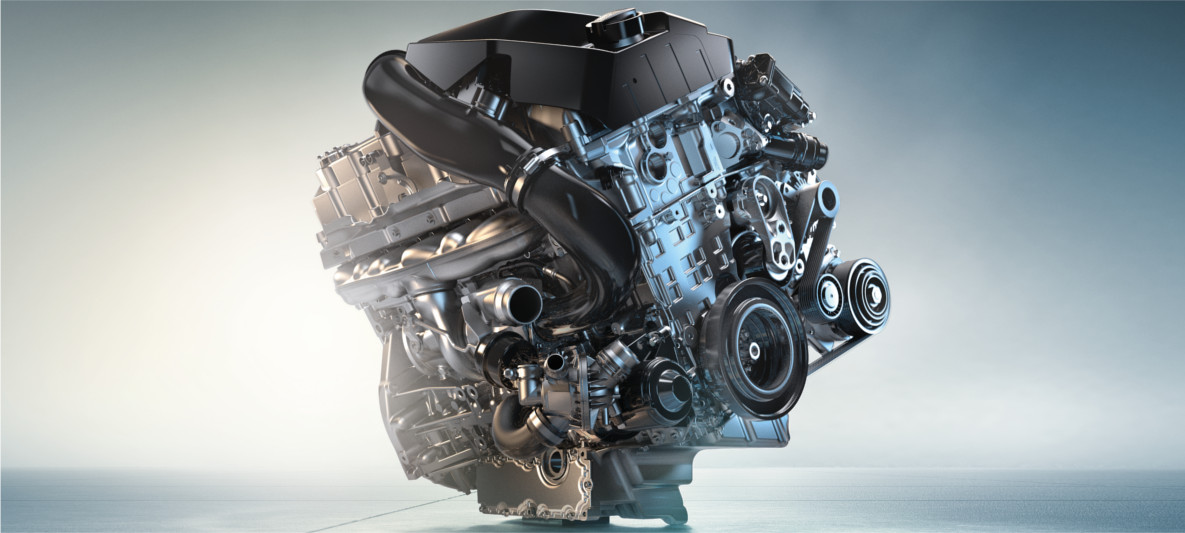Just how to Preserve Your BMW Engine for Ideal Performance and Long Life
Just how to Preserve Your BMW Engine for Ideal Performance and Long Life
Blog Article
Exploring the Evolution of Combustion Engines in Modern Transportation Solutions
As we navigate the landscape of modern-day transportation, the evolution of burning engines stands as a testament to human resourcefulness and design prowess. The interaction of history, innovation, and environmental problems in forming the trajectory of combustion engines develops a narrative that is both engaging and insightful.
Early Beginnings of Combustion Engines
Exactly how did the principle of combustion engines very first arise in the very early stages of transportation advancement? The roots of combustion engines can be traced back to the 17th century when the concepts of inner combustion were very first discovered.
The development minute came with the creation of the first successful gasoline-powered engine by Karl Benz in 1885 - bmw engine. This engine led the way for the advancement of the modern-day vehicle, transforming transportation systems worldwide. Succeeding advancements by Nikolaus Otto and Gottlieb Daimler better refined combustion engine innovation, bring about the mass production of vehicles and the fast growth of the transport sector
These early combustion engines were defined by their simplicity and effectiveness, laying the foundation for the complicated and powerful engines used in modern transport systems. The advancement of burning engines has actually been instrumental in forming the means we take a trip and deliver products, marking a significant milestone in the background of transport growth.
Transition to Internal Burning Innovation
The transition to inner burning technology marked an essential change in the evolution of transport systems. This change began in the late 19th century, with developers like Nikolaus Otto and Gottlieb Daimler creating the very first successful interior burning engines. These engines revolutionized transport by providing a more effective and effective alternative to steam engines and electric motors.
Among the crucial advantages of inner combustion engines was their capacity to be scaled down to match automobiles, bring about the growth of motorbikes and automobiles. This change from bulky, fixed engines to compact, mobile ones led the way for the modern transport systems we see today.
The transition to interior burning innovation additionally spurred innovations in fuel modern technology, leading to the advancement of fuel and diesel as main gas resources for cars. This change not only made transport more easily accessible to the masses yet likewise laid the structure for the oil and gas industry to come to be indispensable to worldwide economic situations.
Impact of Combustion Engines on Transport
The fostering of combustion engines in transportation systems catalyzed an extensive shift in the performance and speed of global flexibility. Burning engines transformed transportation by supplying a dependable and flexible source of power for different automobiles, consisting of cars, planes, ships, and trucks. This advancement dramatically boosted the ability for individuals and items to conform cross countries in much shorter time structures, bring about raised connection between areas and countries.
Furthermore, the extensive use burning engines has actually had a substantial influence on financial growth. The capability to deliver items effectively has her response spurred trade and business, permitting organizations to increase their markets and reach consumers worldwide. top article This has promoted financial growth and globalization, as products can currently be moved much faster and in bigger quantities than in the past.
Nonetheless, the ecological effect of combustion engines can not be forgotten. The burning of nonrenewable fuel sources has actually brought about air pollution and greenhouse gas emissions, adding to climate change and posturing health and wellness risks to populaces. bmw engine. Because of this, there is a growing focus on establishing alternative propulsion modern technologies to alleviate these negative results and produce a more lasting future for transportation
Technologies in Combustion Engine Design
One notable technology is the growth of turbocharged engines, which make use of exhaust gases to drive a generator that presses inbound air, allowing for even more gas to be burned, resulting in raised power result without a considerable boost in engine size. Variable valve timing systems have actually additionally reinvented engine style by maximizing air flow at different engine rates, boosting both power and effectiveness. These advancements collectively add to the continual enhancement of combustion engines in modern-day transport systems.
Future Trends in Burning Engine Growth
With innovation improvements driving continuous advancement, the future of combustion engine growth is poised to change transportation systems worldwide. Among the crucial trends in burning engine advancement is the press in the direction of greater performance and decreased emissions. Makers are investing heavily in research and advancement to enhance engine efficiency while meeting rigid environmental laws. This includes the assimilation of advanced gas injection systems, enhanced turbocharging techniques, and the usage of lightweight products to optimize fuel intake and decrease carbon exhausts.
Another famous fad is the adoption of hybrid innovations in burning engines. Crossbreed engines combine conventional combustion modern technology with electrical power, providing boosted fuel efficiency and lower discharges. As the vehicle sector changes in the direction of electrification, hybrid combustion engines are seen as a transitional service that connects the void in between conventional cars and completely electric ones.
Furthermore, the combination of wise modern technologies, such as expert system and information analytics, is anticipated to play a significant function in the helpful site future of burning engine advancement. These innovations can enhance engine performance in real-time, resulting in a lot more effective combustion processes and enhanced overall vehicle performance. Embracing these future trends will not just drive advancement in burning engine growth but additionally contribute to a much more sustainable and eco friendly transport community.

Conclusion
In conclusion, the advancement of burning engines in contemporary transportation systems has actually been noted by significant advancements in modern technology and style. From the early starts of combustion engines to the transition to inner combustion modern technology, these engines have actually had a profound influence on transport.
The roots of combustion engines can be mapped back to the 17th century when the principles of inner combustion were initial checked out. These engines transformed transport by using a more reliable and powerful choice to steam engines and electrical motors.

Report this page